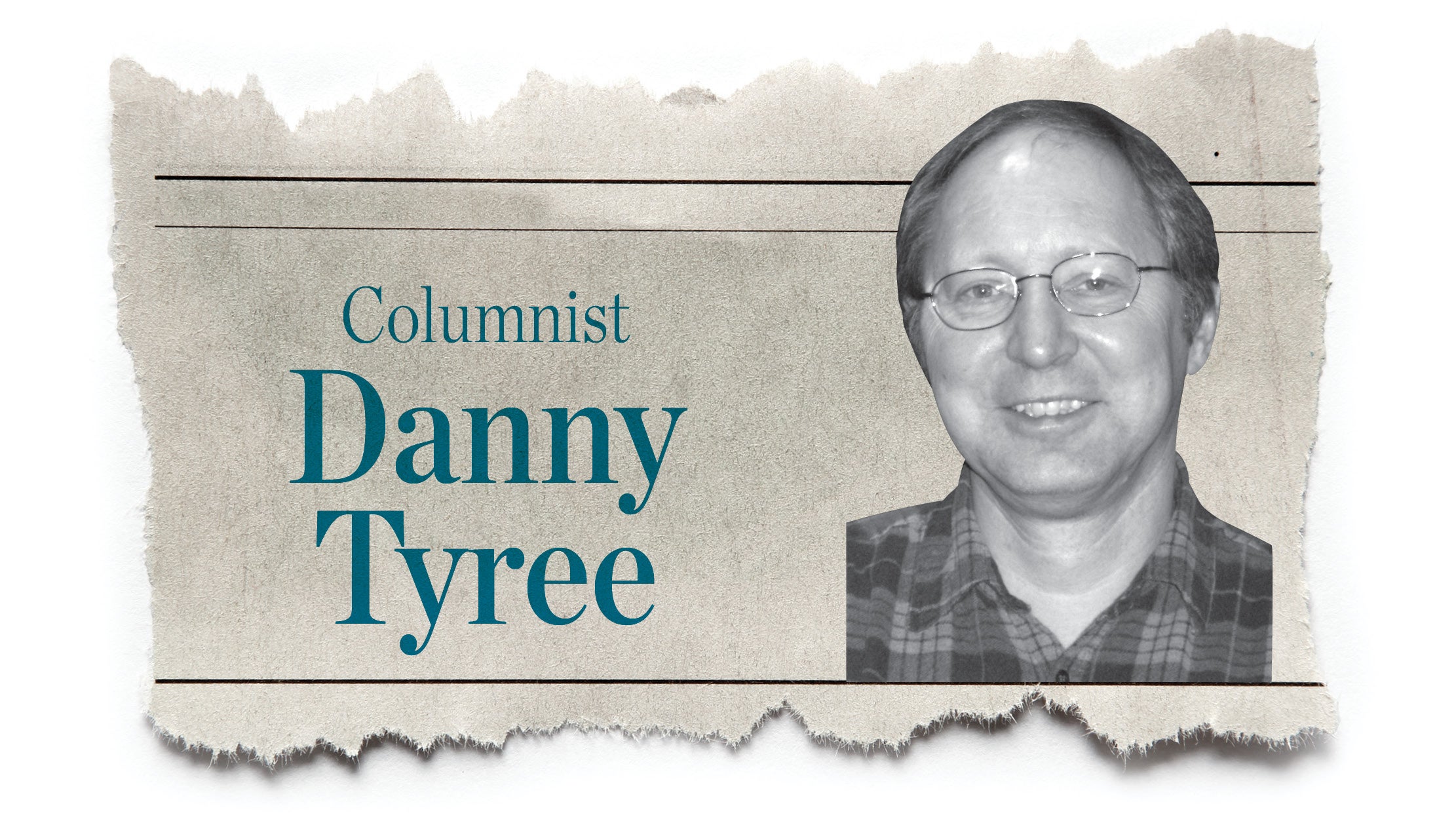Partisan effort needed on taxes to stay competitive
Published 8:57 am Friday, June 1, 2012
On April 1, when Japan lowered its corporate tax rate, this country’s 35 percent tax rate became the highest in the industrialized world.
Because the U.S. tax code has so many loopholes or breaks, the effective rate for corporations averaged 27.7 percent between 2006 and 2009, according to a PricewaterhouseCoopers report, but even that is well above the average for comparable nations. …
There actually are glimmers of bipartisan agreement in Washington that the United States needs to lower corporate tax rates and simplify a tax code that has grown so complex that American business spends billions of dollars trying to comply with its provisions — or to capitalize on the myriad breaks it contains. …
Undoing this labyrinth and overcoming the objections of its many defenders will require cooperation and discipline across party lines, on both sides of Capitol Hill and at both ends of Pennsylvania Avenue — traits that are in short supply these days. It will also require a huge investment of time. But it is an exercise that Congress and the White House can no longer avoid.
The sooner the heavy lifting begins — even if it probably won’t bear fruit until after this fall’s elections — the sooner American firms can shore up their competitive position in the world economy and create more jobs and wealth in this country.
The (Cleveland) Plain Dealer
‘Adopt-a-rest-area’ program makes sense for taxpayers
Allowing businesses to, in effect, adopt highway rest areas in Ohio is an excellent idea. It could save the state as much as $50 million a year.
That is how much the state Department of Transportation may be paying for maintenance, utilities and repairs at Ohio’s 101 highway rest areas and welcome centers. Now, the money comes directly out of taxpayers’ pockets — and reduces ODOT’s resources available for highway and bridge repair and maintenance.
Agency officials are seeking bids from those who want to sponsor rest stops and place advertisements in them. Within a few months, signs featuring advertisements and sponsorship information may be visible at the rest stops.
Many other public facilities, such as convention centers, have benefited from similar programs. As long as the signage is done in good taste and is not obtrusive, there is nothing wrong with the idea.
To the contrary, it is an excellent idea to stretch scarce state resources.
Fifty million dollars a year will pay for a lot of maintenance to make the highways between those rest stops smooth and safe, after all.
The (Tiffin) Advertiser-Tribune





